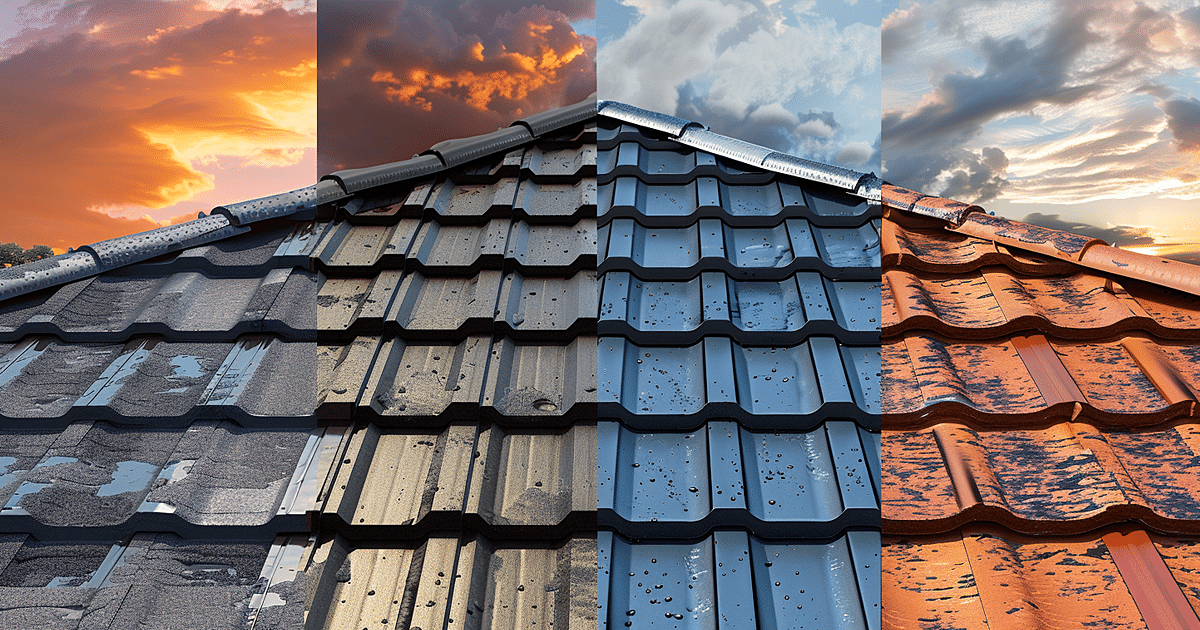Roof lifespan in Central Texas doesn’t match what most manufacturers promise, and the difference can catch homeowners off guard. The combination of triple-digit summers, relentless UV exposure, and sudden hailstorms creates one of the toughest environments for any roofing system in the country. A roof that might hold up for decades in a cooler climate can lose years—sometimes more than a decade—simply because of what it faces here.
If you’re trying to plan for a replacement or want a better sense of how long your current roof will really last, it helps to understand how each material behaves under these conditions. Some stand up to heat better, others resist hail more effectively, and all of them benefit from the right installation and maintenance. This guide breaks down realistic lifespan expectations for each major roofing material in Central Texas and offers practical ways to help your roof last longer than the averages suggest.
Key Takeaways
- Asphalt shingles last 12-18 years in Central Texas, significantly shorter than the national average of 20-30 years due to extreme heat and hail
- Metal roofs perform best in Central Texas climate, lasting 35-50 years with proper installation and maintenance
- Clay and concrete tiles can last 40-75 years but require strong structural support and regular inspections after hailstorms
- Central Texas “Hail Alley” location and 300+ days of sunshine annually accelerate roof deterioration across all materials
- Regular maintenance and post-storm inspections can extend any roof material’s lifespan by 3-5 years in Central Texas conditions
Central Texas homeowners face a harsh reality when it comes to roof longevity. The combination of scorching summers, frequent hailstorms, and intense UV exposure creates one of the most challenging roofing environments in the United States. Your roof’s lifespan in this region will be significantly shorter than manufacturer warranties suggest, with most roofing materials lasting 25-40% less time than the national average. To better protect your roof against these conditions, consider proactive waterproofing measures.
Understanding what to expect from different roofing materials in Central Texas is crucial for making informed decisions about your home’s protection. The intense Texas heat, combined with the region’s location in “Hail Alley,” creates unique stressors that dramatically impact roofing material lifespans. This comprehensive guide breaks down the realistic expectations for each major roofing material type and provides expert insights on maximizing your investment.
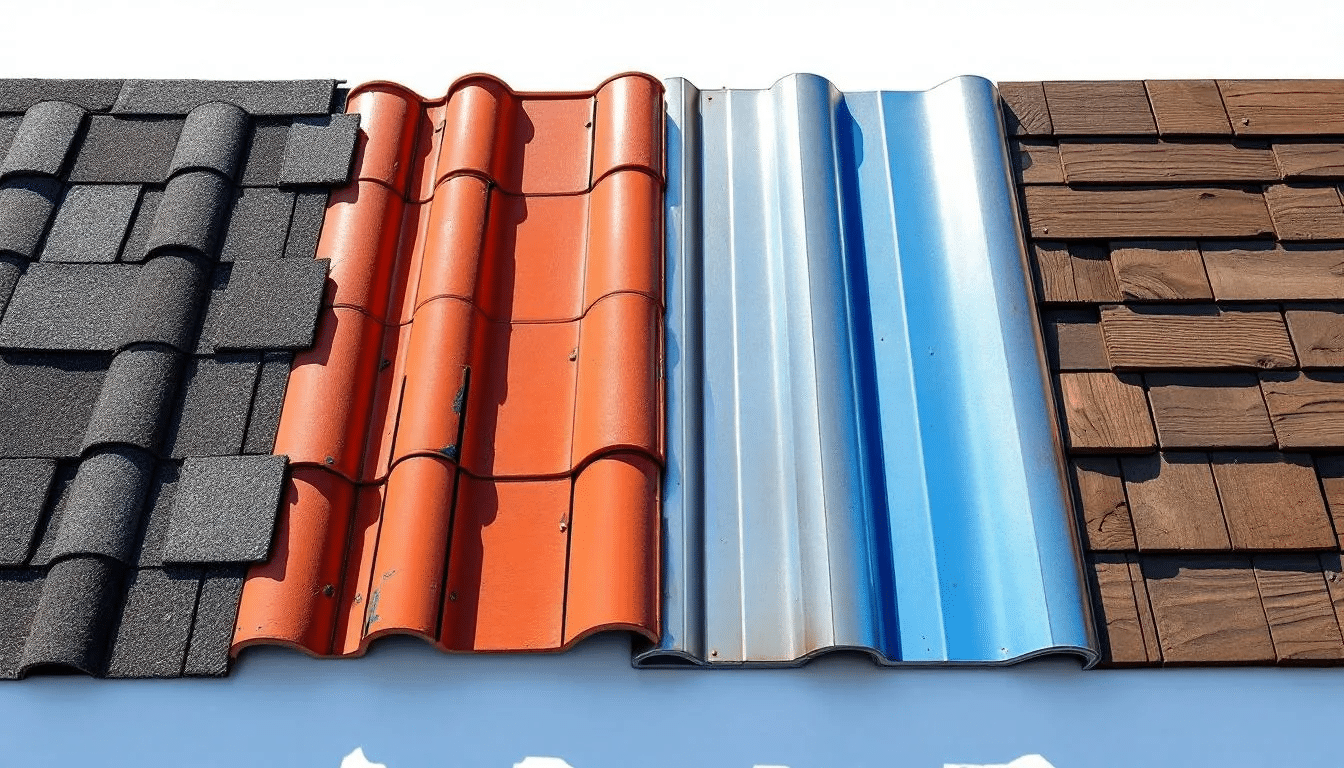
Expected Roof Lifespan by Material in Central Texas
The local climate in Central Texas creates conditions that accelerate roof deterioration across all material types. While manufacturer warranties often promise longer lifespans, real-world performance in this region tells a different story. Here’s what Texas homeowners can realistically expect from different roofing materials, along with performance comparisons and cost analysis.
| Material Type | Central Texas Lifespan | National Average | Performance Rating | Cost Per Year |
|---|---|---|---|---|
| 3-Tab Asphalt | 10-15 years | 20-25 years | Fair | $200-400 |
| Architectural Asphalt | 15-18 years | 25-30 years | Good | $300-500 |
| Metal Roofing | 35-50 years | 40-70 years | Excellent | $400-600 |
| Clay Tiles | 50-75 years | 75-100 years | Excellent | $400-800 |
| Concrete Tiles | 40-60 years | 60-75 years | Very Good | $350-600 |
| Slate | 75-150 years | 100-150+ years | Superior | $500-1000 |
Asphalt Shingles: 12-18 Years
Asphalt shingles remain the most popular choice for Texas roofs due to their affordability and ease of installation. However, they struggle significantly in Central Texas conditions. Standard 3-tab shingles typically last only 10-15 years in this harsh environment, compared to 20-25 years in milder climates. The intense Texas heat causes these basic shingles to lose granules rapidly and become brittle much faster than expected.
Architectural shingles perform somewhat better, lasting 15-18 years versus the 25-30 years seen in cooler regions. These dimensional asphalt shingles offer improved wind resistance and slightly better thermal performance, making them a more suitable choice for Texas weather conditions. The thicker construction helps them withstand the constant thermal cycling between scorching days and cooler nights.
Impact-resistant architectural shingles represent the best option in the asphalt category, potentially lasting 18-22 years when properly maintained. These specialized products are designed to better withstand hail damage, which is crucial given Central Texas’s location in the nation’s most active hail region. The investment in impact-resistant technology can prevent premature roof replacement after severe storms.
The primary reasons asphalt shingles underperform in Central Texas include UV degradation from intense sunshine, granule loss from extreme temperature cycles, and vulnerability to hail damage. The combination of 300+ days of sunshine annually and frequent severe weather creates a perfect storm for accelerated deterioration.
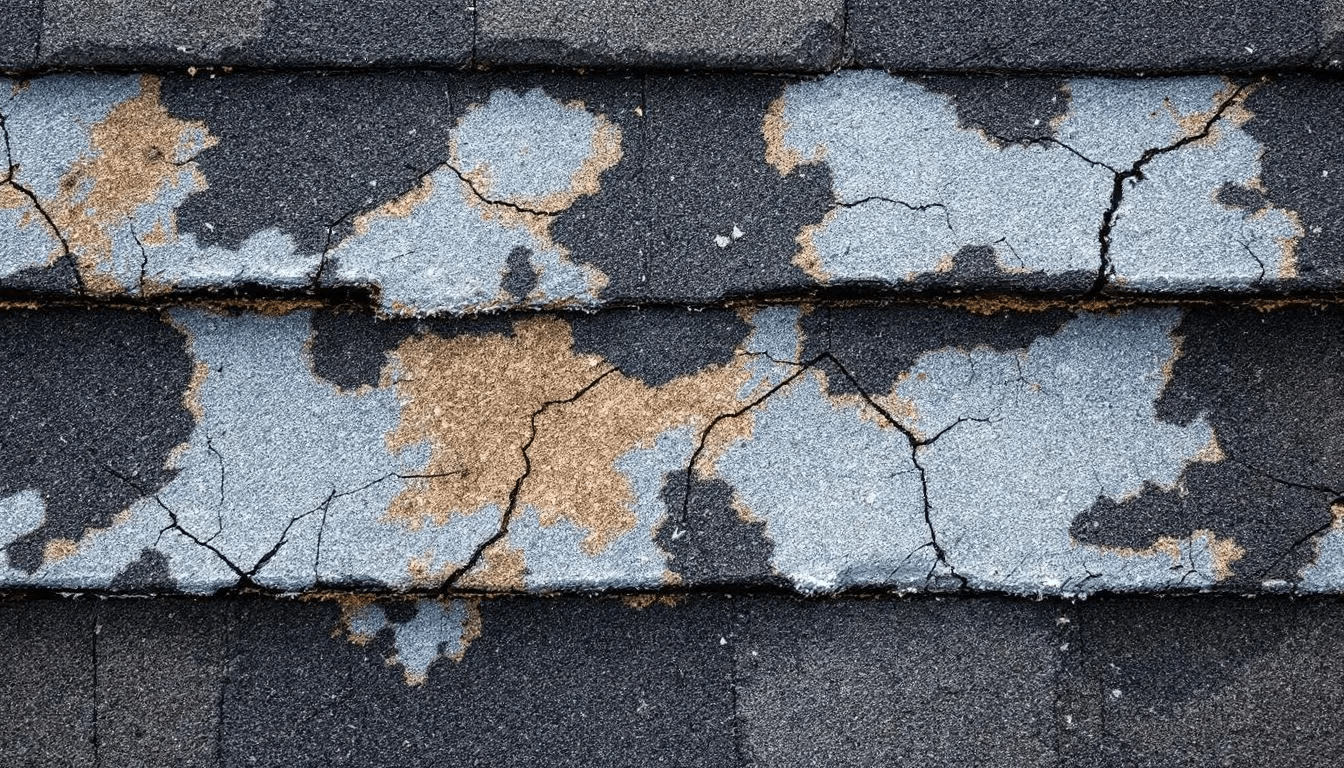
Metal Roofing: 35-50 Years
Metal roofs demonstrate superior performance in Central Texas conditions, making them increasingly popular among homeowners seeking long-term value. Standing seam steel systems typically last 40-50 years when properly maintained, while corrugated metal panels provide 35-45 years of reliable service. The key advantage of metal roofing lies in its ability to reflect heat rather than absorb it, significantly reducing thermal stress.
Aluminum roofing options can achieve 45-50 years of lifespan due to superior corrosion resistance in humid conditions. This material handles the temperature swings common in Central Texas exceptionally well, as metal panels are designed to expand and contract with thermal changes. The standing seam design accommodates this movement while maintaining watertight seals.
Metal roofing’s performance advantages make it ideal for Texas weather. The material reflects heat effectively, reducing cooling costs by up to 25% during hot summers. Metal roofs also demonstrate excellent hail resistance, with properly installed systems able to withstand golf ball-sized hail with minimal damage. The smooth surface allows debris to slide off easily during high winds, reducing damage from flying debris.
While the initial investment in metal roofing runs 2-3 times higher than asphalt shingles, the extended lifespan and energy savings create compelling long-term value. Many Texas homeowners recover their additional investment through reduced energy bills and avoided replacement costs within 15-20 years.
Clay and Concrete Tiles: 40-75 Years
Tile roofs have a long history in Texas, originally chosen for their exceptional heat resistance and distinctive architectural appeal. Clay tiles can achieve 50-75 years of service life when properly installed and maintained, making them one of the most durable options for Central Texas homes. The kiln-firing process that creates clay tiles results in a material that actually improves with age and heat exposure.
Concrete tiles offer a more affordable alternative, typically lasting 40-60 years in Central Texas conditions. While heavier than clay options, concrete tiles provide excellent thermal mass that helps regulate indoor temperatures during extreme heat events. Both tile types require structural reinforcement due to their significant weight, which adds to installation costs but provides enhanced wind resistance.
Barrel tiles represent the premium option in this category, potentially lasting 60-75 years when properly installed and maintained. The curved design provides superior water shedding and creates beneficial air circulation that helps cool the roof surface. This traditional style remains popular in Central Texas for both aesthetic and performance reasons.
The primary consideration with tile roofs in Central Texas involves hail damage potential. While tiles handle heat and UV exposure exceptionally well, individual tiles can crack or break during severe hailstorms. However, the modular nature of tile systems allows for individual tile replacement, which is more cost-effective than complete roof replacement after storm damage.
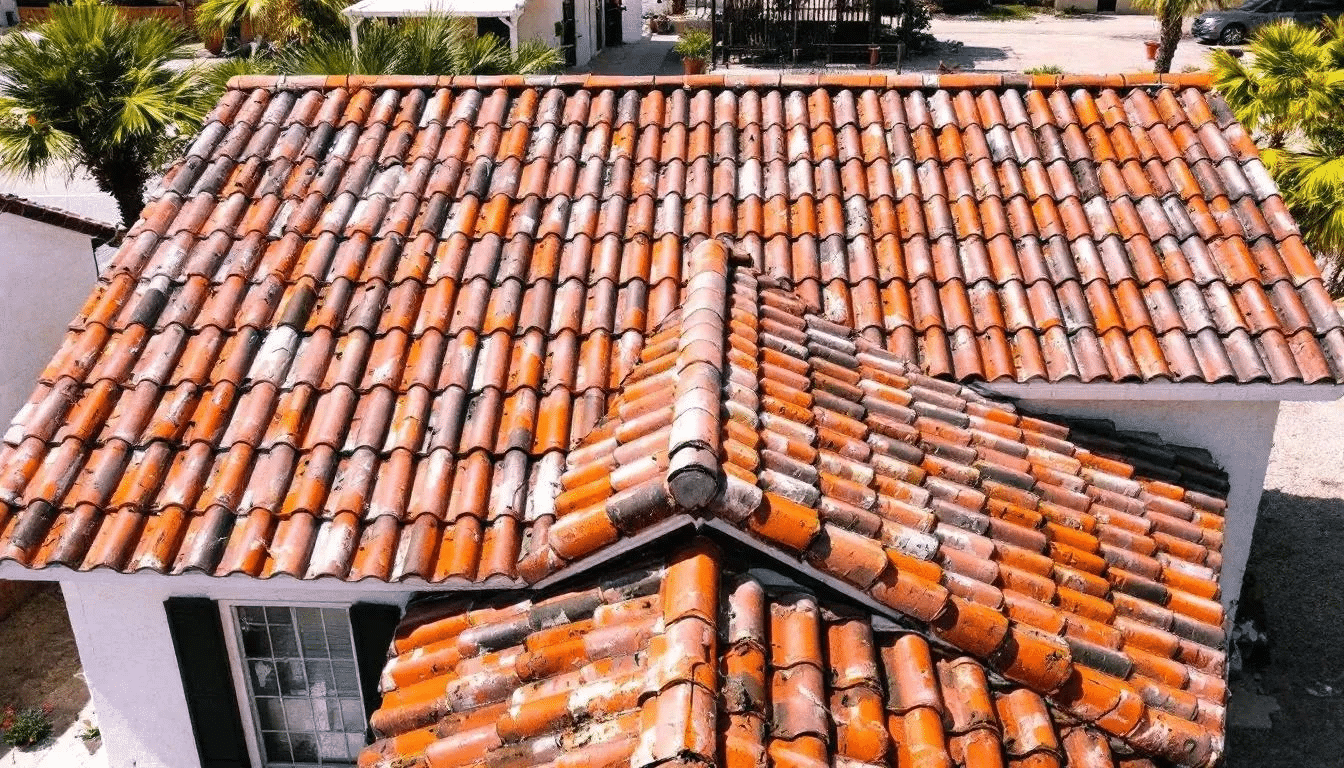
Slate Roofing: 75-150 Years
Natural slate represents the pinnacle of roofing durability, with properly installed systems regularly achieving 100-150 years of service life even in Central Texas conditions. This natural stone material is virtually immune to heat, UV exposure, hail damage, and water absorption. Slate roofs often outlast the structures they protect, making them a truly lifetime investment.
Synthetic slate options provide 75-100 years of expected lifespan while offering reduced weight and easier installation. These engineered products capture many of slate’s benefits while addressing some of the practical challenges associated with natural stone roofing. The lighter weight reduces structural requirements while maintaining excellent weather resistance.
The exceptional durability of slate roofing comes at a premium price point, often running 4-5 times the cost of asphalt shingles. However, when calculated on a cost-per-year basis, slate frequently proves to be the most economical choice over the long term. The material requires virtually no maintenance and provides unmatched resistance to all weather conditions common in Central Texas.
Installation of slate roofing requires specialized expertise and careful attention to structural requirements. The weight of natural slate necessitates reinforced roof decking and framing, but this substantial construction provides excellent protection against high winds and severe weather conditions.
Central Texas Climate Factors That Reduce Roof Lifespan
The unique combination of weather conditions in Central Texas creates accelerated aging for all roof materials. Understanding these specific factors helps homeowners make informed decisions about material selection and maintenance practices. The cumulative effect of multiple stressors significantly reduces expected lifespans compared to milder climates.
Extreme Heat and UV Exposure
Central Texas experiences summer temperatures regularly exceeding 100°F, creating intense thermal cycling stress on roof materials. The region averages over 300 days of sunshine annually, providing constant UV exposure that breaks down organic materials in asphalt shingles and other petroleum-based products. This intense solar radiation causes asphalt shingles to lose granules and become brittle approximately 40% faster than the national average.
The extreme heat creates expansion and contraction cycles that stress fasteners and seams in all roofing systems. Metal roofing handles this thermal movement well when properly installed, but improper fastening can lead to early failure. The intense heat also accelerates the aging of sealants and flashing materials, requiring more frequent maintenance to prevent water infiltration.
Trapped heat in attic spaces compounds the problem by creating even higher temperatures on the underside of roof decking. Poor ventilation can result in roof deck temperatures exceeding 150°F, which accelerates deterioration of all roofing materials from below. Proper ventilation becomes critical for maximizing roof life in these extreme conditions.
Hail Season Impact
Central Texas sits squarely in “Hail Alley,” experiencing peak hail activity from March through May with stones ranging from golf ball to baseball size. The region averages 2-3 significant hail events annually, with some storms producing stones capable of penetrating roofing materials. A single severe hailstorm can reduce the remaining useful life of a roof by 5-10 years, depending on the material and storm intensity.
Impact resistance becomes a critical factor in material selection for Central Texas homes. Asphalt shingles rated for Class 4 impact resistance provide the best protection in this category, while metal roofing offers superior hail resistance across all thickness ranges. Tile roofs can suffer cracked individual tiles during severe events but generally maintain overall structural integrity.
The timing of hail damage often coincides with the end of winter when roofing materials may be more brittle from cold weather exposure. This combination creates heightened vulnerability during the peak storm season. Insurance companies increasingly recognize this challenge and offer premium discounts for impact-resistant roofing materials.
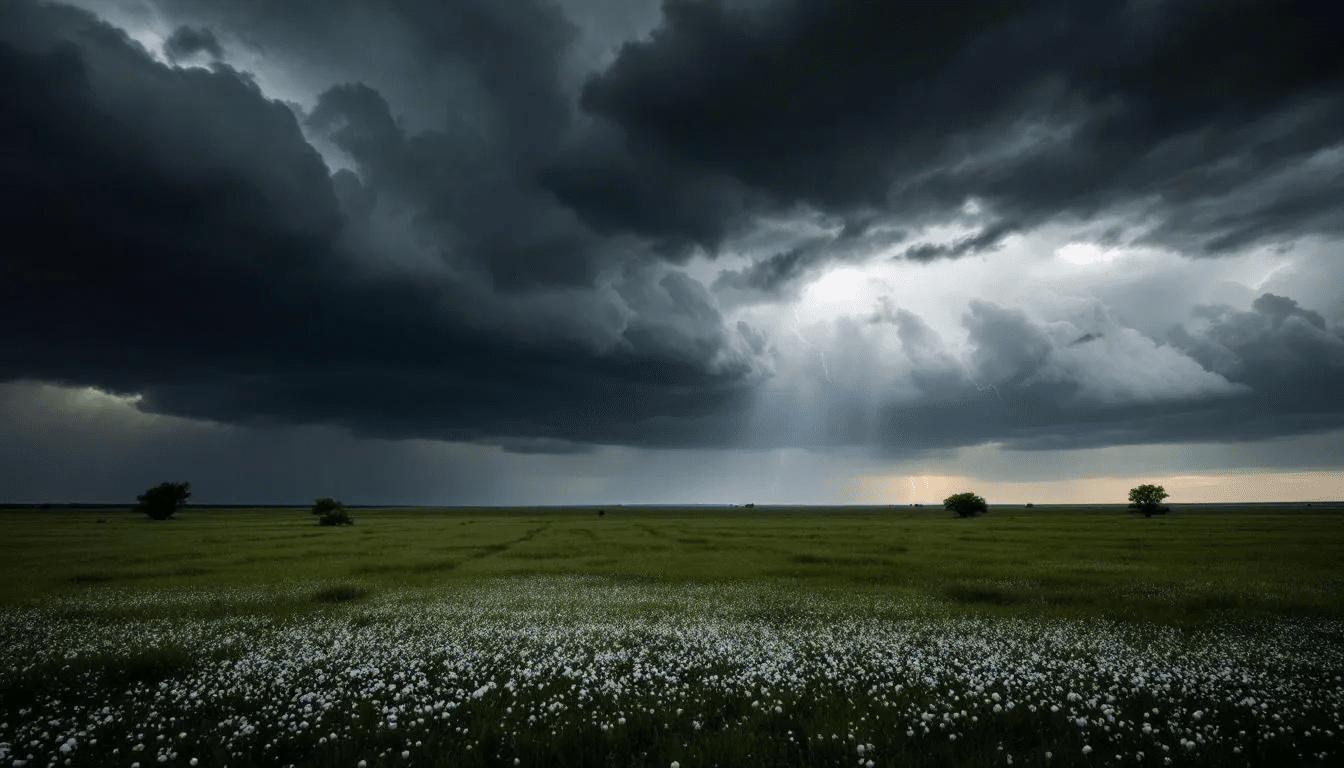
High Winds and Storm Systems
Frequent winds exceeding 60 mph during spring and summer storms create significant uplift forces on roofing systems. Wind damage typically begins at edges and corners where materials are most vulnerable to lifting forces. Poorly secured shingles and metal panels can suffer progressive failure during high wind events, leading to water infiltration and accelerated deterioration.
Debris impact from tree branches and other airborne objects during storms creates additional stress on roofing materials. The combination of wind uplift and debris impact can overwhelm even well-installed systems during severe weather events. This factor makes proper installation and regular maintenance particularly critical in Central Texas.
Tornado activity in the Central Texas corridor adds an element of extreme weather risk that affects insurance considerations and material selection. While no roofing material can withstand direct tornado impact, properly installed systems with good wind ratings provide better protection during near-miss events and severe thunderstorms.
Signs Your Central Texas Roof Needs Replacement
Early detection of roof problems in Central Texas conditions can prevent minor issues from becoming major expenses. The harsh climate accelerates deterioration, making regular inspections and prompt attention to warning signs crucial for protecting your investment. Different roofing materials exhibit distinct failure patterns that homeowners should recognize.
Material-Specific Warning Signs
Asphalt shingle roofs show granule loss as the primary early warning sign, often visible as excessive granules accumulating in gutters and downspouts. Curled or cupped shingle edges indicate thermal stress damage, while missing shingles after storms require immediate attention. Exposed mat or backing material signals that granule protection has failed and replacement should be prioritized.
Metal roofing typically shows failure through rust spots, particularly around fasteners and seams. Loose or backing-out fasteners indicate thermal movement problems that can lead to water infiltration. Dented or separated panels from hail damage may not leak immediately but can create stress points for future failure. Oil canning (visible waviness in flat panels) can indicate installation issues or thermal stress.
Tile roofing problems manifest as cracked or broken individual tiles, often discovered after hailstorms or high wind events. Exposed underlayment where tiles have slipped or broken requires immediate attention to prevent water damage. Loose tiles that move when walked on indicate failing installation or deteriorated fasteners that need professional assessment.
The typical age-related deterioration timeline varies significantly by material. Asphalt shingles in Central Texas often show significant wear by year 10-12, while metal roofing rarely exhibits major issues before year 25-30. Understanding these timelines helps homeowners plan for replacement before emergency situations develop.
Interior Damage Indicators
Water stains on ceilings during Central Texas rainy seasons often indicate compromised roof integrity, particularly if stains appear or expand during storm events. The intense heat followed by sudden cooling during storms creates conditions that can reveal marginal roof conditions through temperature-driven leaks.
Increased energy bills during summer months may signal compromised insulation or air sealing due to roof deterioration. A failing roof allows hot air to infiltrate living spaces, forcing cooling systems to work harder. Energy spikes often precede visible damage by months or years.
Musty odors in attic spaces or upper floors can indicate moisture infiltration and potential mold growth. The high humidity common in Central Texas amplifies this risk, making early detection and correction critical for maintaining healthy indoor air quality. Daylight visible through roof decking around penetrations or at edges signals immediate structural concerns requiring emergency repair.
Maximizing Roof Lifespan in Central Texas
Proactive maintenance and strategic upgrades can extend any roof material’s lifespan by 3-5 years in Central Texas conditions. The key lies in understanding the specific stressors affecting your roof and implementing targeted prevention strategies. Regular maintenance becomes even more critical in this challenging climate.
Seasonal Maintenance Schedule
Pre-storm season inspection in February allows homeowners to address vulnerabilities before peak hail season arrives. This timing enables repairs during typically calmer weather and ensures roofing contractors have better availability. Focus areas include fastener tightness, sealant condition, and debris removal from gutters and roof surfaces.
Post-storm damage assessment within 48 hours of severe weather helps identify problems before they lead to water infiltration. Many storm damage issues aren’t immediately apparent but can worsen rapidly if left unaddressed. Professional roof inspection after significant hail or wind events often reveals damage not visible from ground level.
Fall gutter cleaning and debris removal before winter rains prevents water backup and ice dam formation during occasional freeze events. Summer heat damage inspection should focus on granule loss assessment and thermal stress indicators. This timing allows for completion of necessary repairs before the next severe weather season begins.
Regular maintenance practices proven effective in Central Texas include quarterly gutter cleaning, annual sealant inspection around penetrations, and prompt repair of minor damage. These activities significantly outperform reactive maintenance approaches in extending roof life.
Installation Quality Factors
Proper ventilation systems become critical for managing extreme heat buildup in Central Texas attics. Ridge vents combined with soffit intake vents create beneficial air circulation that reduces roof deck temperatures by 20-30°F during peak summer conditions. This temperature reduction dramatically extends the life of all roofing materials.
Impact-resistant underlayment provides an additional layer of protection against hail damage, particularly important for asphalt shingle installations. This upgrade often pays for itself by preventing a single major hail damage claim. Wind-rated fastening patterns designed for Central Texas wind loads ensure materials remain properly secured during severe weather events.
Cool roof coatings on appropriate materials can reduce heat absorption and UV damage by reflecting solar energy rather than absorbing it. These specialized coatings are particularly beneficial for metal roofing and can extend lifespan while reducing cooling costs. proper installation by experienced Texas contractors familiar with local conditions remains the most important factor in maximizing roof longevity.
Professional roofer selection should prioritize local experience with Central Texas conditions over lowest bid pricing. Contractors familiar with regional weather patterns understand the installation details that make the difference between adequate and exceptional performance in challenging conditions.
FAQ
How much shorter is roof lifespan in Central Texas compared to other regions?
Most roofing materials last 25-40% less time in Central Texas due to extreme heat, UV exposure, and frequent hailstorms. Asphalt shingles typically last 12-18 years versus 20-30 years in milder climates, while even durable materials like metal and tile see 10-15% reduction in expected lifespan. The combination of 300+ sunshine days annually and location in “Hail Alley” creates uniquely challenging conditions that accelerate material deterioration across all roof types.
Which roofing material offers the best value for Central Texas homeowners?
Metal roofing provides the best long-term value with 35-50 year lifespan and excellent resistance to heat, hail, and high winds. While initial cost runs 2-3 times higher than asphalt shingles, metal roofs cost less per year over their lifetime when factoring in energy savings and avoided replacement costs. Impact-resistant asphalt shingles offer good short-term value for budget-conscious homeowners, lasting 18-22 years with proper maintenance while providing enhanced storm protection.
How often should I have my roof inspected in Central Texas?
Professional roof inspection should occur twice yearly: before hail season in February and after peak storm season in June. Additional inspection within 48 hours after any severe weather with hail or high winds helps identify damage before it worsens. Homeowner visual checks should be conducted monthly during active weather seasons (March through August) to spot obvious problems like missing shingles or visible damage that requires immediate attention.
Can I extend my roof’s lifespan beyond these estimates?
Regular maintenance can add 3-5 years to any roof material’s expected lifespan in Central Texas. Proper attic ventilation and insulation reduce thermal stress and can extend roof life by 10-15% by keeping temperatures more moderate. Prompt storm damage repairs prevent small issues from becoming major problems, while cool roof coatings on appropriate materials can reduce heat absorption and UV damage. Quality installation by experienced local contractors remains the most important factor in achieving maximum lifespan.
When is the best time to replace a roof in Central Texas?
Fall and winter months (October through February) offer more stable weather and better contractor availability for roof replacement projects. Avoid peak storm season (March through August) when possible due to weather delays, higher contractor demand, and premium pricing. Plan replacement when your roof reaches 80% of its expected lifespan to avoid emergency situations during severe weather. Emergency replacements during storm season often cost 20-30% more and may involve longer wait times for quality contractors.

